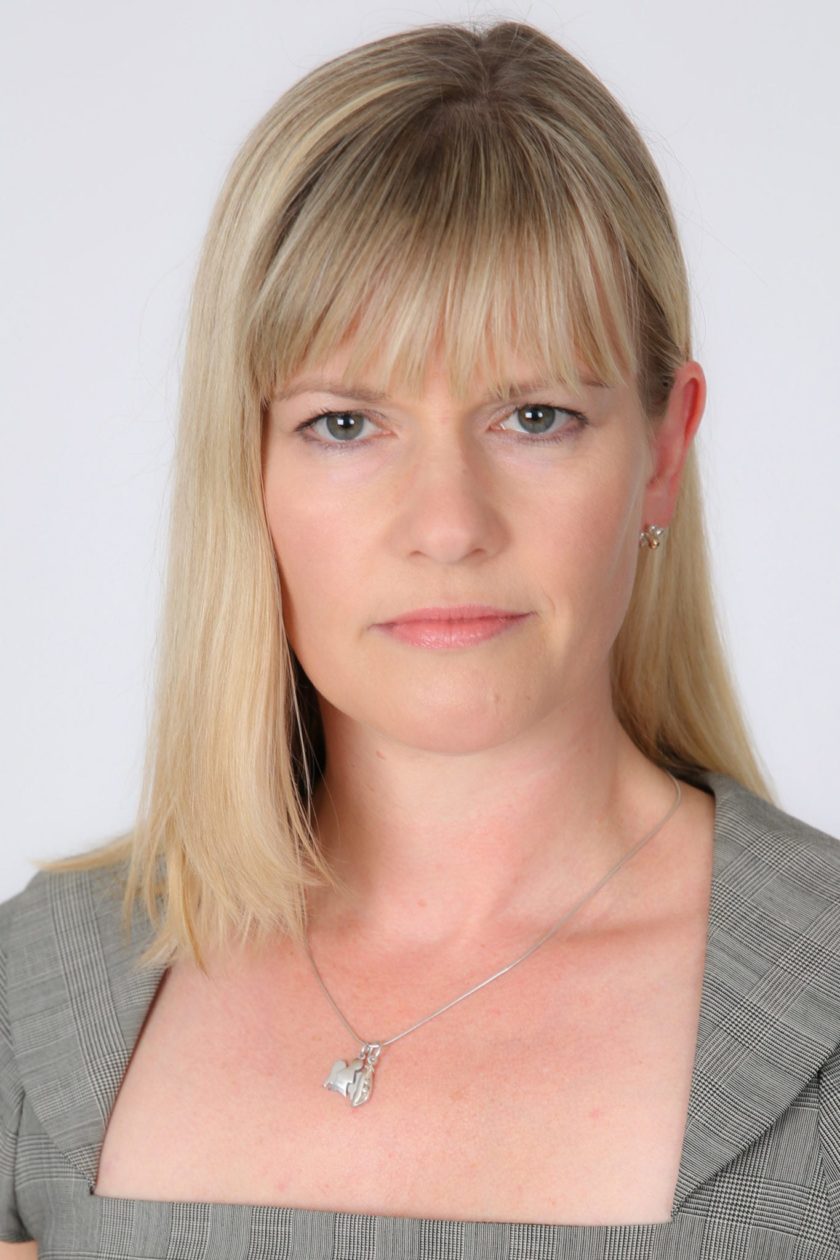Continuing her investment series for Professional Paraplanner, examining the funds at or approaching their three year track record, Juliet Schooling Latter, research director, FundCalibre, looks at the Ninety One Asia Pacific Franchise
Is it unreasonable to expect double-digit growth returns from Asia in 2021? It seems not.
Latest projections from the International Monetary Fund back in October had emerging and developed Asia registering growth of 8% in the coming calendar year* – and that was before news of a vaccine gave markets a more than welcome shot in the arm.
Much of North Asia is almost back to business as usual. Should that continue in 2021 and should other countries like India continue their own recoveries, then double-digit growth returns would seem firmly on the table.
Like other parts of the world, Asia is experiencing a number of accelerating trends, such as digitisation – with the likes of Tencent and Alibaba taking advantage. It’s always been a stockpickers market, but that is arguably truer than ever at the moment – and that environment is where this month’s fund excels.
Charlie Dutton took over the Ninety One Asia Pacific Franchise fund in October 2017, since then his high conviction style has returned over 40% to investors**, almost double that of the average fund in the IA Asia Pacific ex-Japan sector.
Charlie began his career as an analyst with HSBC in 1997 and was subsequently head of research for Asian equities at JP Morgan. Prior to joining Ninety One, he was a portfolio manager at Coupland Cardiff.
The research process for this fund focuses on identifying companies that possess exceptional characteristics. The philosophy is that the market under appreciates the ability of high-quality companies to earn excess returns for long periods of time. These rare businesses are able to deliver consistent growth in intrinsic value.
Equities are screened for liquidity and quality. Small companies with a market capitalisation of less than $2bn are removed, as are lower quality sectors and industries – such as energy, materials, telecoms and utilities. This reduces the universe to just 300 stocks. From this list, ideas are generated from screens, internal research and external sources. The team actively covers around 100 stocks with in-depth fundamental research. From this list, between 25 and 40 stocks make it into the final concentrated portfolio.
Companies are assessed through the standard framework which the quality team uses. This examines a company’s business model, financial model and capital allocation. To be considered a franchise and have the chance of making it into the portfolio, a company must have the following characteristics: hard-to-replicate enduring competitive advantage; dominant market position in a stable growing industry; low sensitivity to the economic cycle; healthy balance sheets and low capital intensity; and sustainable cash generation and effective capital allocation.
Growth and valuations are also critical in assessing which stocks will make the cut. Valuation is conducted with a medium to long term view and a variety of measures are used such as free cash flow yield and EV/EBIT. The emphasis, however, is on cashflow rather than earnings. Valuations are also stress tested.
All ideas are presented to, and debated by, the whole team. Stocks are carefully monitored and are sold once they have reached their full valuation, if a better idea emerges or if the investment case is no longer applicable.
Although benchmark agnostic, the fund typically holds a significant number of larger companies. Its high conviction nature is highlighted by the fact that around 55%*** of its value sits in its top 10 holdings. Ongoing charges stand at a reasonable 0.86%***.
There is no doubt this is an area of the market filled with a number of excellent managers, but we feel this is an interesting option for investors who prefer a quality growth approach and want a fund that ignores the lower quality end of the market.
*Source: International Monetary Fund – World Economic Outlook, October 2020
**Source: FE Analytics, total returns in sterling, 16 October 2017 to 23 November 2020
***Source: Fund factsheet, 31 October 2020
Past performance is not a reliable guide to future returns. You may not get back the amount originally invested, and tax rules can change over time. Juliet’s views are her own and do not constitute financial advice.



































